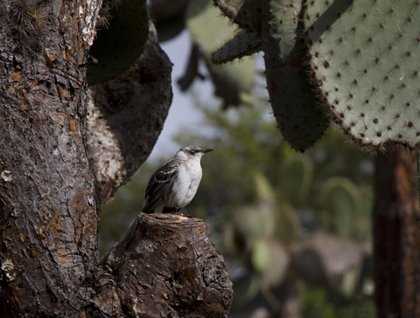Today we visited Santa Cruz, the second largest island in the archipelago, and home to both the largest human population and the second largest wild tortoise population in the islands. This town is the economic hub of the archipelago, with a population between 18,000 – 20,000 inhabitants.
Here are the Headquarters of the Galápagos National Park Service (GNPS), the entity ultimately responsible for managing the region, and the Charles Darwin Research Station (CDRS), where scientists gather information for the conservation of the island's unique biota.
We devoted our morning to learning about the giant tortoise breeding program, one of the most significant and successful programs in the ecological restoration of the islands. Here at the breeding center, we saw baby tortoises, from different ages and different islands, and the entire adult population of Española Island with the famous “Super Diego,” the father of hundreds of tortoises born here and already released back to Española.
After the station, we walked back through town, visiting many galleries and shops as well as the fish market, a daily attraction for many visitors. Later on, we gathered at The Rock cafe for a drink and then we went on buses for a 30 minute drive into the lush green highlands of Santa Cruz. Our first stop before lunch was a sugar cane and coffee producing plantation called “El Trapiche,” where the owner showed to us the different products they obtain from a sugar cane mill: brown sugar, melazas, and a very popular sugar cane liquor named locally “caña.” We also learnt what it takes to transform the beans of the coffee into roasted coffee ready to brew. After tasting these products, we drove another 20 minutes further up the island’s volcanic slopes to a picturesque restaurant with great views of the islands, where we had a hearty buffet lunch.
Following lunch we went by bus to another section of the farm into the tortoise migratory route. Here we explored a lava tunnel and we went in search of the magnificent giant tortoises. Tortoises here are free to move in and out of the National Park into the private farms, where they enjoy walking and grazing in the open fields. Depending on which season, the numbers of tortoises varies from only few individuals to few dozens of them, but is always amazing to see these giants walking slowly in their natural habitat knowing that they have been doing this, perhaps, for more than a hundred years! How many visitors like us have they encountered already?









